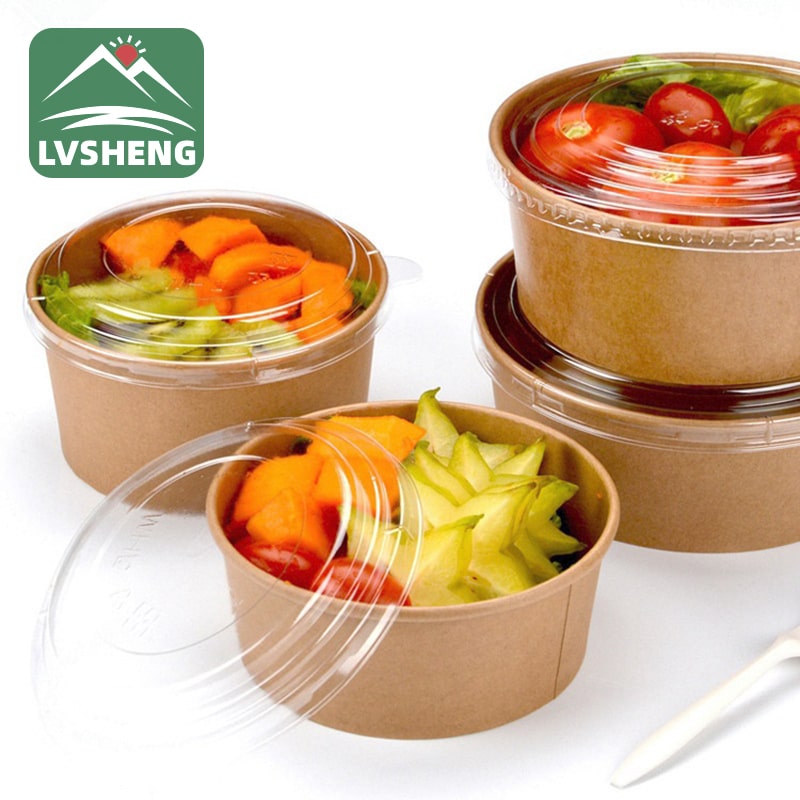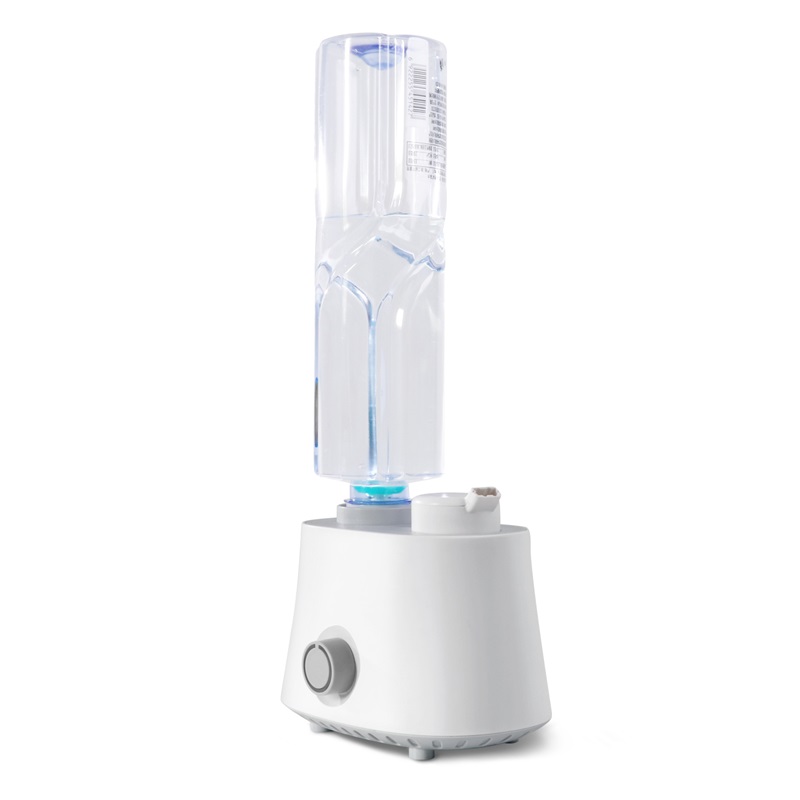Rubber-Steel Gasket
A rubber-steel gasket, also known as a rubber-steel composite gasket or rubber-coated steel gasket, is a type of sealing gasket that combines the properties of both rubber and steel to create an effective and durable seal. Here's some information about rubber-steel gaskets:1. Construction: A rub......
Send Inquiry
Product Description
A rubber-steel gasket, also known as a rubber-steel composite gasket or rubber-coated steel gasket, is a type of sealing gasket that combines the properties of both rubber and steel to create an effective and durable seal. Here's some information about rubber-steel gaskets:
1. Construction: A rubber-steel gasket consists of a steel core or insert that is coated or bonded with a layer of rubber on one or both sides. The steel core provides structural stability and strength, while the rubber layer provides sealing properties.
2. Materials: The rubber layer of the gasket is typically made from elastomers, such as neoprene, EPDM (ethylene propylene diene monomer), Nitrile, or silicone. These rubber materials offer excellent sealing capabilities, resilience, and resistance to various environmental factors.
3. Applications: Rubber-steel gaskets are used in a wide range of industries and applications where a reliable seal is required. They are commonly used in pipelines, flanges, valves, pumps, and machinery that handle fluids or gases under different pressures and temperatures.
4. Sealing Properties: The rubber layer of the gasket provides excellent sealing properties, allowing it to conform to irregularities and imperfections on the mating surfaces. The rubber forms a tight seal, preventing leakage of fluids or gases.
5. Stability and Strength: The steel core or insert in the gasket provides structural stability and strength, ensuring that the gasket maintains its shape and integrity even under high compression or mechanical loads. This makes rubber-steel gaskets suitable for applications that require both sealing performance and mechanical stability.
6. Corrosion Resistance: The steel core or insert of the gasket is often coated or treated to enhance its corrosion resistance. This allows the gasket to withstand exposure to various corrosive substances or environments.
7. Installation: Rubber-steel gaskets are installed between mating surfaces, such as flanges, by compressing them together. The gasket's rubber layer fills any gaps or irregularities on the mating surfaces, creating a tight and reliable seal.
8. Customization: Rubber-steel gaskets can be manufactured in various shapes, sizes, and configurations to meet specific application requirements. Customization options include different rubber materials, steel core thicknesses, and coatings.
When selecting a rubber-steel gasket, it is important to consider factors such as the application's temperature range, pressure requirements, chemical compatibility, and environmental conditions. Additionally, ensure that the gasket complies with relevant industry standards and specifications. Consulting with gasket manufacturers or industry experts can provide further guidance in selecting the appropriate rubber-steel gasket for your specific needs.









